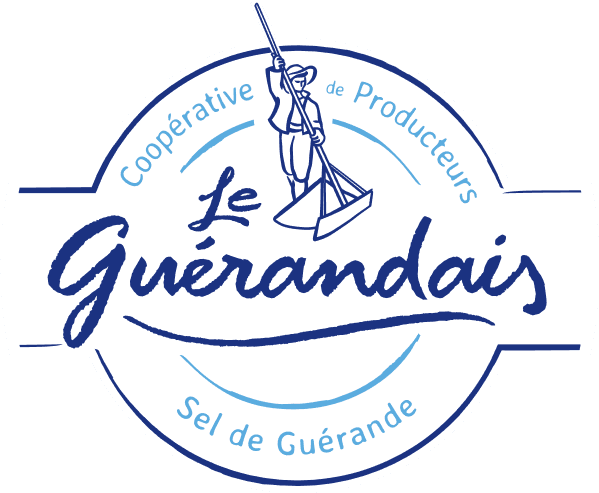
The salting method: what does it involve?
If salt has become a kitchen essential, it's because of its multiple uses and virtues. Previously used to preserve food, our methods have evolved. However, certain ancestral skills have remained intact, as in the case of salting. A natural process for preserving food, and we'll show you all the ins and outs of it below!
Summary
Curing: what is it?
The salting method goes back many centuries, since it was none other than our ancestors the Romans who invented this food preservation technique. Although salting is less common today, it hasn't left our cookbooks!
The salting process simply consists of spreading a dry salt on the surface of the food. This action naturally reduces the activity of water, thus extending the food's shelf life.
Used to treat a wide range of meats, salting usually involves: loin, shoulder, shank, pork ham or duck legs and breasts. It should be noted that salting is not only used to process meats, but also fish, such as cod, which once salted becomes codfish!
Salting and curing: what are the differences?
Curing and salting refer to the same practice, i.e. preserving food using salt. Although the two terms are similar, there are a few characteristics that are unique to each.
In fact, salting also refers to the period during which food is salted. In our region, the best season for salting is the very cold season, from September to April inclusive, when temperatures do not exceed 12°. The term can also refer to the finished product.
Salting, for its part, will primarily designate the action of salting the product!
Salting methods
Salting food can be done in two ways and depends above all on the type of meat and the desired shelf life. On the one hand we find dry salting and on the other brine.
Let's start with dry salting. This process uses salt, wood ash and saltpetre. The meat is rubbed with these three ingredients four times every eight days, then regularly sprinkled with salt to absorb the moisture, which dehydrates the meat. Products that have undergone this process are distinguished by their characteristic flavor and texture, but also by their color, such as charcuterie, which takes on a pinkish or reddish hue depending on the length of maturation.
Brine, on the other hand, consists of immersing food in a water- and salt-based preparation, which can be enhanced with herbs such as thyme or rosemary. For varying lengths of time. The salt present will migrate into the food, balancing the salt concentration of the food with that of the brine to ensure optimal lacto-fermentation. The brine technique also applies to cheese-making, but is also used to preserve fruit and vegetables.
Lacto-fermentation
Ancient preservation process that consists of leaving food to macerate in order to trigger a proliferation of lactic bacteria and thus increase the shelf life of the food.
Salting with Guérande salt
It's perfectly possible to salt with Guérande salt, but care must be taken to choose the right type of salt. Indeed, since we're looking to reduce the moisture present, it's essential to choose a dry salt. Le Guérandais Dried Coarse Salt, harvested by hand, will enhance your pieces during this very special maturing period!





